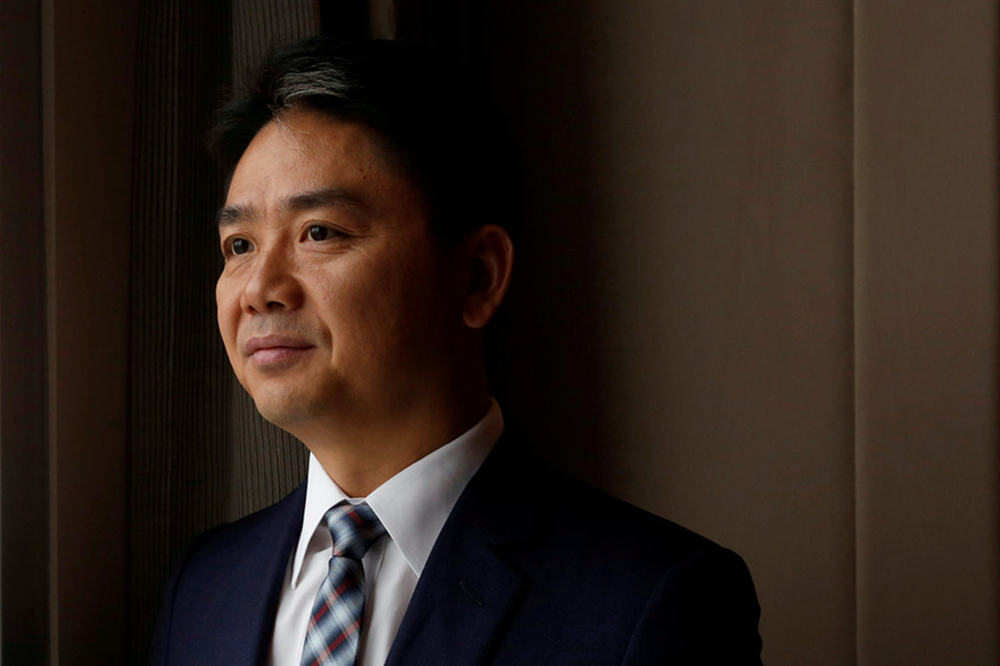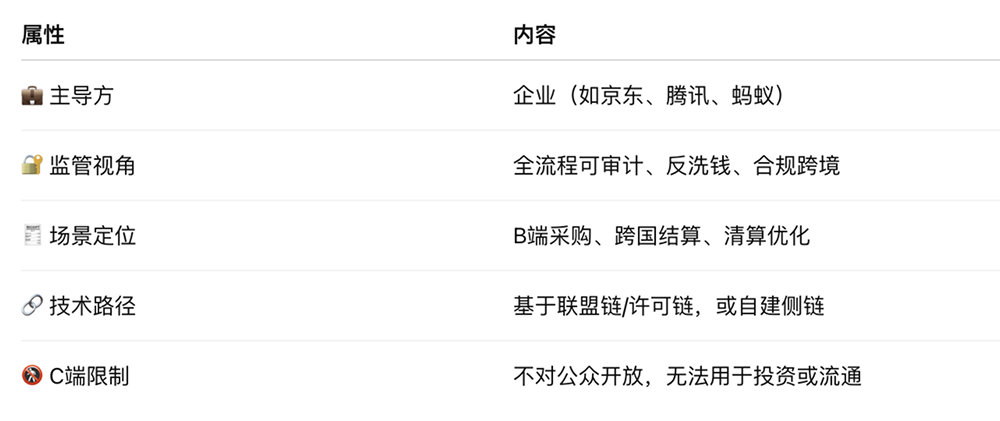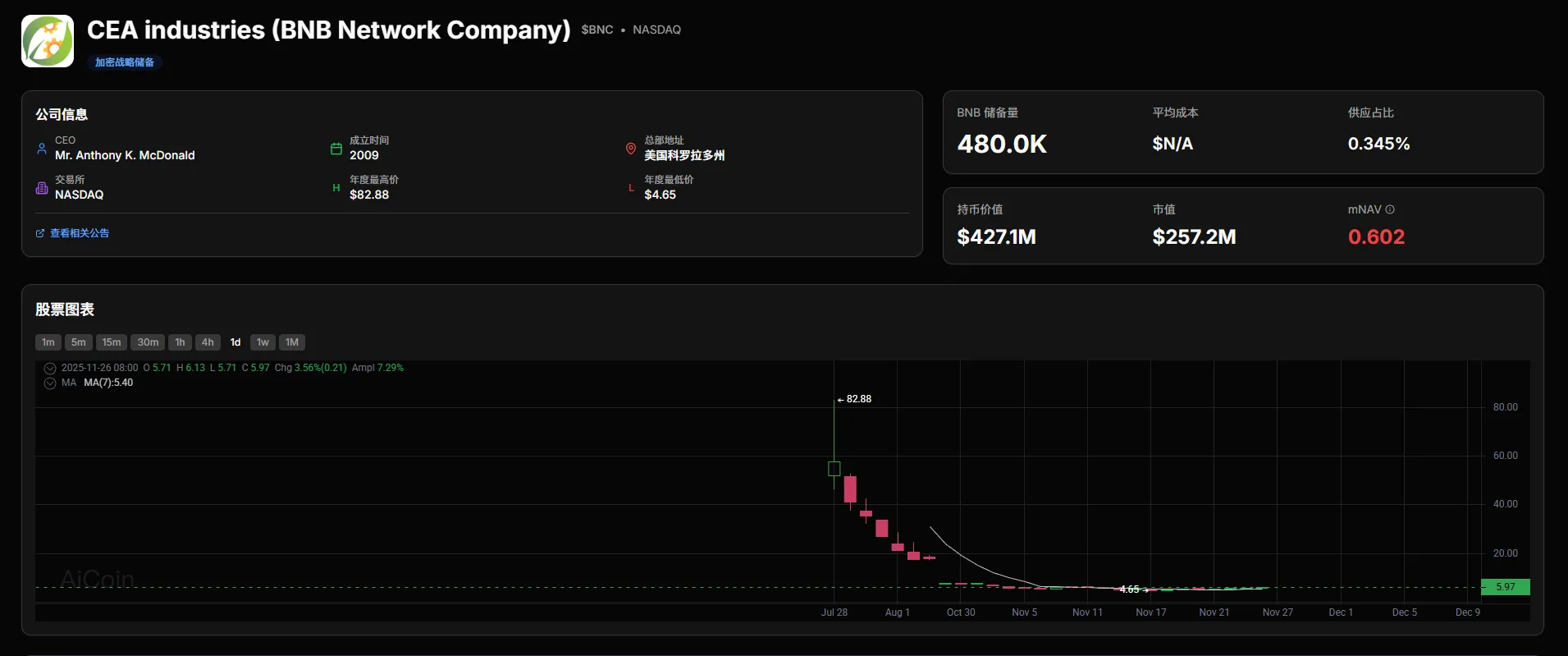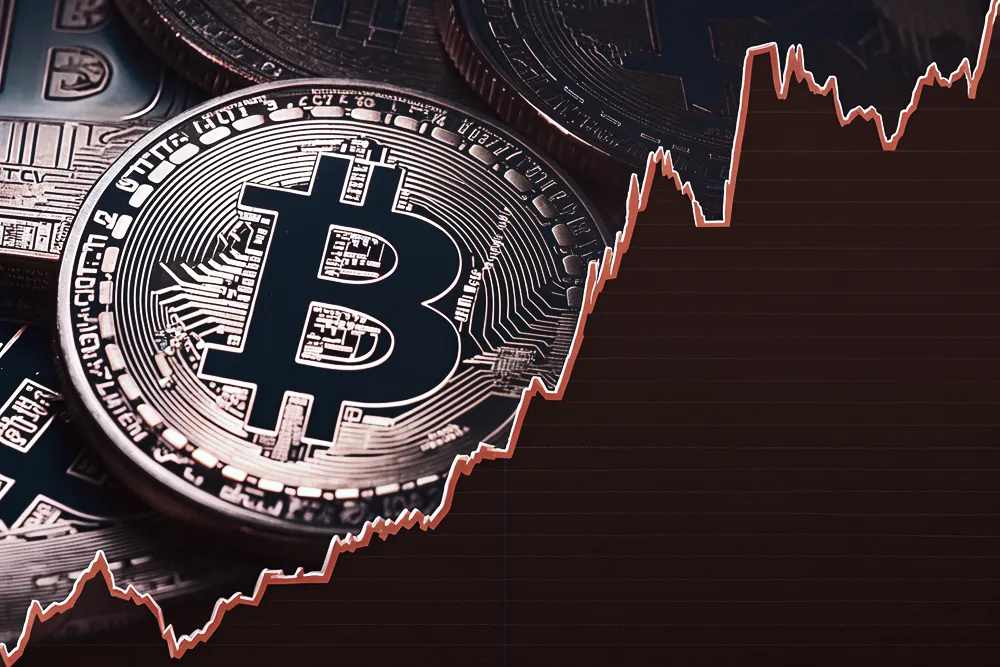This article is based on the post by user @BTW0205
"Future global cross-border payments may only take 10 seconds."
When Liu Qiangdong said this at an internal sharing session, many thought that JD.com was going to venture into DeFi and go all-in on Web3. But wake up, this is not the stablecoin you think it is. This is not the gentle land of DeFi, but an industrial-grade high-speed rail system combining state-owned enterprise logic and on-chain efficiency.
This "JD stablecoin" is not about freedom or decentralization, but about settlement, regulation, and dollar substitution.

JD.com is indeed going to issue a stablecoin.
The original words from Sina Finance are as follows:
JD.com plans to apply for stablecoin licenses in major currency countries worldwide, reducing cross-border payment costs by 90% and achieving settlement within 10 seconds.
The payment scenario starts with B-end, then penetrates to C-end, "hoping that in the future, everyone will use JD stablecoin for global consumption." It sounds beautiful, but we need to ask:
What exactly is it? It is not DeFi, not USDT, not a Web3 stablecoin.
What is it? An on-chain settlement tool, not a publicly usable asset.
You might think this is the Chinese version of USDC, but in fact, it is the on-chain RMB version of SWIFT.
❌ It will not be on-chain to Ethereum.
It will not be listed on Uniswap, will not use Curve for stablecoin swaps, and will not be checked for balances on DeBank.
❌ It does not serve you.
It is B2B—between enterprises, used for import and export settlement, overseas procurement, and on-chain bookkeeping.
❌ It does not airdrop, does not rise or fall.
It is a "burn after use" compliant stable value tool, similar to a "digital certificate," not a digital asset.
Using Liu Qiangdong's logic: this "stablecoin" is not an asset, but a fuel unit on the payment protocol layer, running on an enterprise-level permissioned chain, perhaps you can't even register an address.
Logical Breakdown: B-first, compliant overseas expansion, avoiding DeFi.
This is the typical path for stablecoins in mainland China:

So, does it have anything to do with the people? Basically none.
The distance between you, me, ordinary users, and it is probably similar to the relationship between you and the SWIFT system.
You can't use it, you can't see it, you can't grab an airdrop.
You won't get rich because it rises, nor will you go bankrupt because it falls.
It won't be on Binance, nor will it be traded on Dex.
This is not Web3, not a user co-built currency system, but a highly centralized enterprise internal control toolchain built with chain technology.
It belongs to the "capital toolkit," not the "people's currency revolution."
Don't be fooled by the three words "stablecoin"
In the context of Web3, what does "stablecoin" mean?
Freely transferable
Based on blockchain
Supports DeFi operations (lending, trading, yield)
Co-created, governed, and used with global users

Whereas JD stablecoin:
Stable, but not transferable
On-chain, but you can't use it
Has a license, but no DAO
Compliant, but not an open system
It is more like an extension of an enterprise ERP system with a "stablecoin" shell.
What is its ambition? Dollar substitution + supply chain control.
In today's world of intensified geopolitical games and generalized dollar sanctions, any globalized Chinese giant wants to create a "dollar Plan B."
JD.com's approach can be deconstructed as follows:
Establish an on-chain settlement network through stablecoin licenses.
Complete stablecoin settlement pilot projects in major currency areas such as the U.S., Southeast Asia, and the EU.
Use its own payment system to replace part of the SWIFT paths.
Achieving: receiving payment → on-chain settlement → upstream supplier payment, all completed in a closed loop using "JD stablecoin."
In simple terms: this is Liu Qiangdong's on-chain "free trade zone," not the people's free economy.
Conclusion: This is not Web3, but it is very real.
Liu Qiangdong is not wrong, and JD.com is not "pseudo-chain." They are just doing something that aligns with their own logic and the realities of the times:
When e-CNY locks down domestic C-end retail payments, when Web3 stablecoins face policy resistance, and when global settlement costs are high and efficiency is low;
Enterprises will actively seek a high-speed highway on-chain, even if it is a lane "without you, me, or him, only financial reports and regulation."
This is the victory of the chain, not the victory of the chain citizens.
This article only represents the author's personal views and does not represent the position and views of this platform. This article is for information sharing only and does not constitute any investment advice to anyone.
Join our community to discuss this event
Official Telegram community: t.me/aicoincn
Chat room: Wealth Group
免责声明:本文章仅代表作者个人观点,不代表本平台的立场和观点。本文章仅供信息分享,不构成对任何人的任何投资建议。用户与作者之间的任何争议,与本平台无关。如网页中刊载的文章或图片涉及侵权,请提供相关的权利证明和身份证明发送邮件到support@aicoin.com,本平台相关工作人员将会进行核查。




